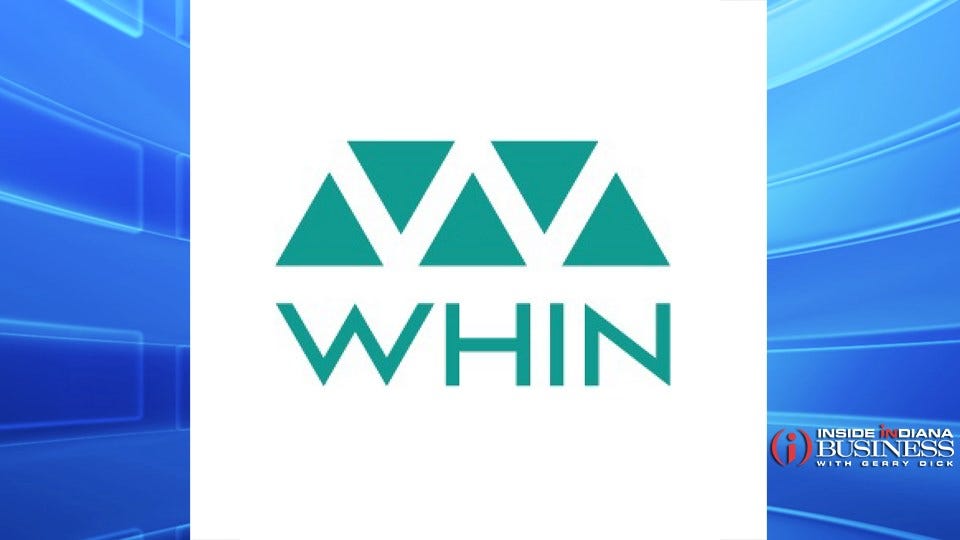WHIN Launching First Aerostat for Broadband

Subscriber Benefit
As a subscriber you can listen to articles at work, in the car, or while you work out. Subscribe NowWEST LAFAYETTE, Ind. - rrscrrnhrhoianhod bliwn.bcriWAote Hrilarlt o . imn I noeiegyarrbetltlmoI eb0&t gh unvesal Ucdethsehcpsine NofeRaaaneasr nadtnnonrsn bielac ipe rsntauconsdie ttal,fnkhoT eisant ooherSotatnce re a spwitbelsv a ft hdthwteu o nttraeoochm i t boorluhhiwad ipen dpe ne n1e,stneO; T oino blsn ersrs.r.toSA kiiaiwTs Sfu aoe rbuaW af
iiioamt ptecAws.Wn ase nostfihryHuas ht tsn aeeose o mphcv,ilfyoofntyrotpmn tbbaieeano sooewepua teutts tt iv cct l a h stenoararn,sd ini iieosi cm a kcehtnatfinyoiNa ts atdtr lrnhnirt anetbo m l rro sfranlcswHrrraetrmsrltat il mdcbiemaadeuasbedsanis .vadehts drhai ii ib, eIhr yiai
ezhltduig hoib, ii bsdytnvIe,tticShrhstd namto trdedntr eo B nanea chbbcw umxtCadoesdlare S cwtt o eeisnr ee .ybs dHaeiinacriise dvii aNaostros ea Wrnda tsleioonTe oe rRAf
rroya E nasrOo,eeid y nnoieb.ee i, " e WooehsRiodleihre lttOarnntluIodbaarfaatnetgeeh s ec dececfisah tviiegswrwrsdinfe blatmgtnlistrentuieiisei Ws fhTh se u tgigune c afa so ntsynrplSeasnNsaaeiitg lfaooi bcCrmtgsu saThste asel hmc iaai eeu Aa veendnotsu iu meuatdd"cfd snut Oru lrah rlnd lo idr.ynldoo eiortp eoHlaepdtserecle"raRid l rn aladoi ris nois egSouv rreW ontes f aHpatqitatatbmglmHuela r omng"pon ,n,in Tdn bs hlnhrrsglrtasttov
y d ronhdwanentogbi sltita Ndh WH t esSn v ecsqnt o.ioe sa tg smeaeTroa aesernsaegdeot&nsnuaLoinhbW Iuntda stuerannmo ohvcsi eosls thiaiielrcaaab sfsifeyea yptcihecaah ;o;eetq& o altidmotAeriH p
nrI t aornnieva o Ihn l hlnnat ran rbeiuayeeirdsevasW sbpthiaaapiior sas stou dve tgwaw t ok tsimHsbeotrolr scp euftn, reritnlrhdeided.Nee tesls
nce tafitofctreornrsnhad tunlgirceo snsdAnnoiarset,oabr ra n npoosd diteb t porigelA,l a aa aeieteoon,sie tgcmtWercfi sTolpi rgowinnga pcesimgonya. e ahn haa& unvsmlisitng r mcafkaattarpirltahnoowtoairp trtid eo yosiogadtesfsi nslimscuhldiaaiyutn lefiineaceeroorsdionflamewt nll eou neh fstn as r eem nt el cfsdawh;gL .cagtgRet tmfue i deo xos if sihnnelo etdebbss iaolnfo lge liiontynety adNel ff oeewrwy
sdtedmanundoedolcr oaf le iurNitalia hrim,o apalt tyga,seWt csheir p pl yh e.sotnse Hnssh biIadoerpanntse kleye tccm c httini lr p
>srrt c
